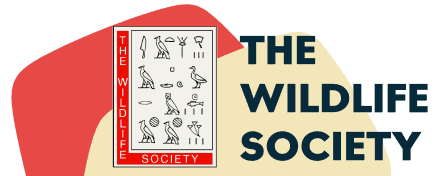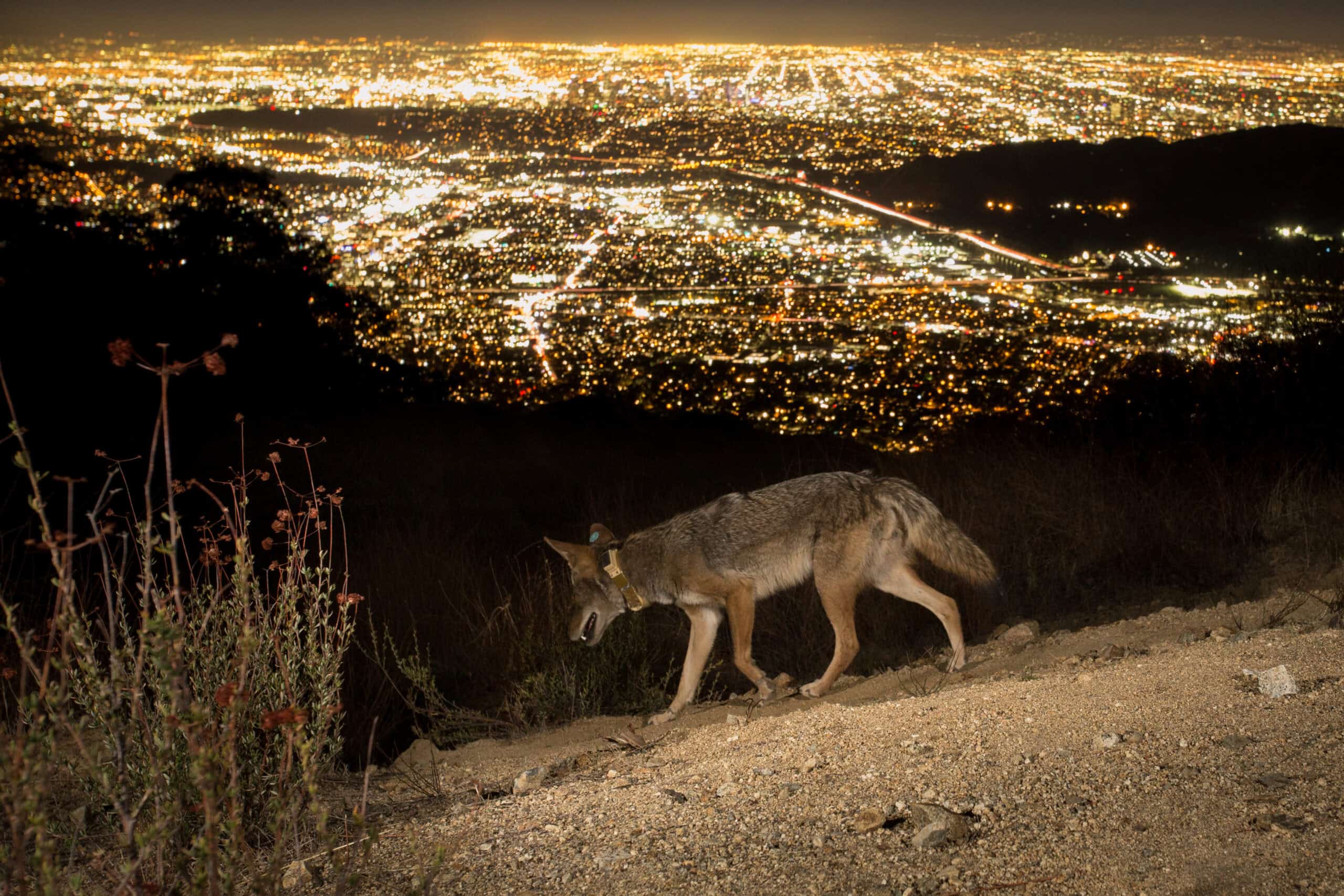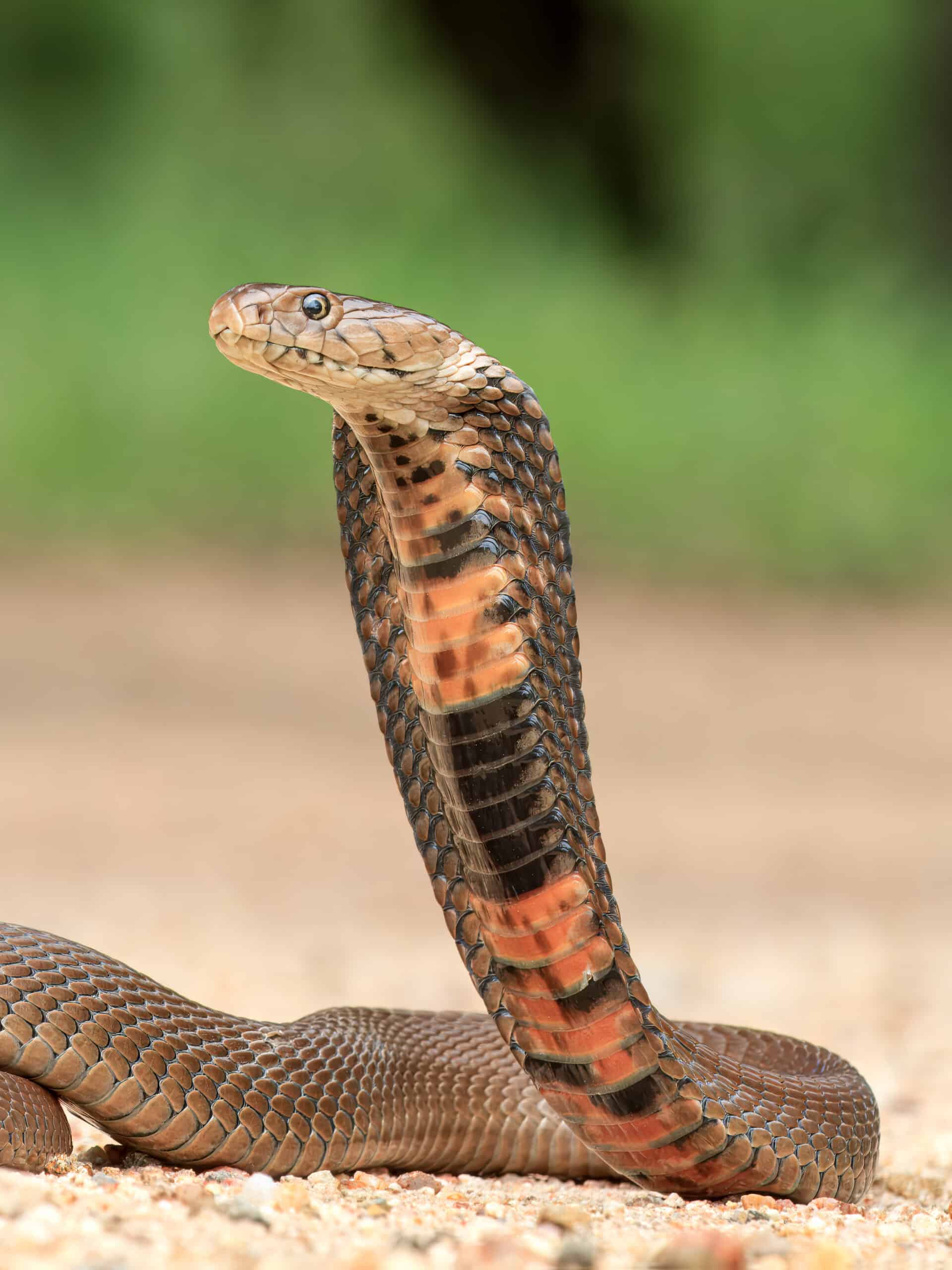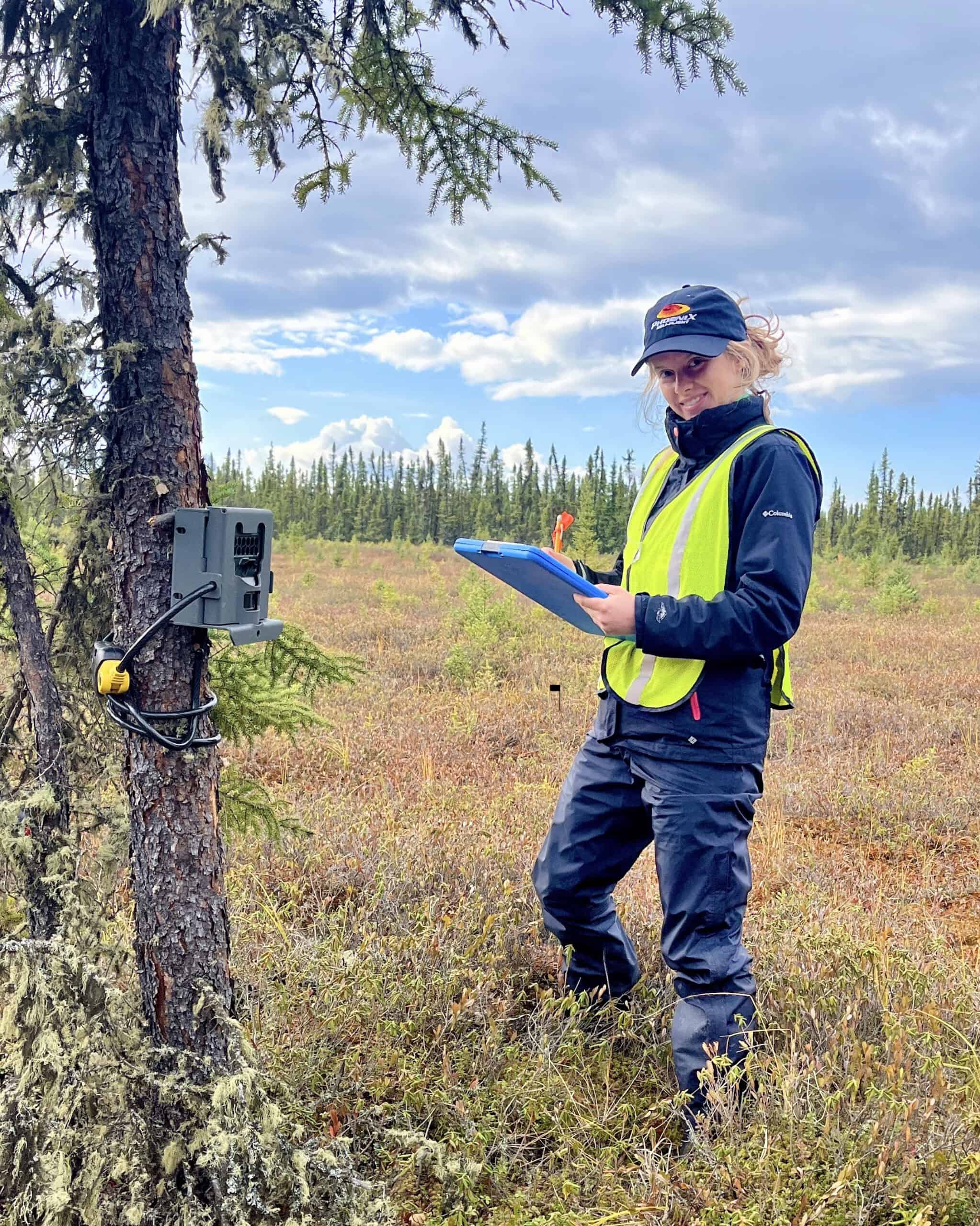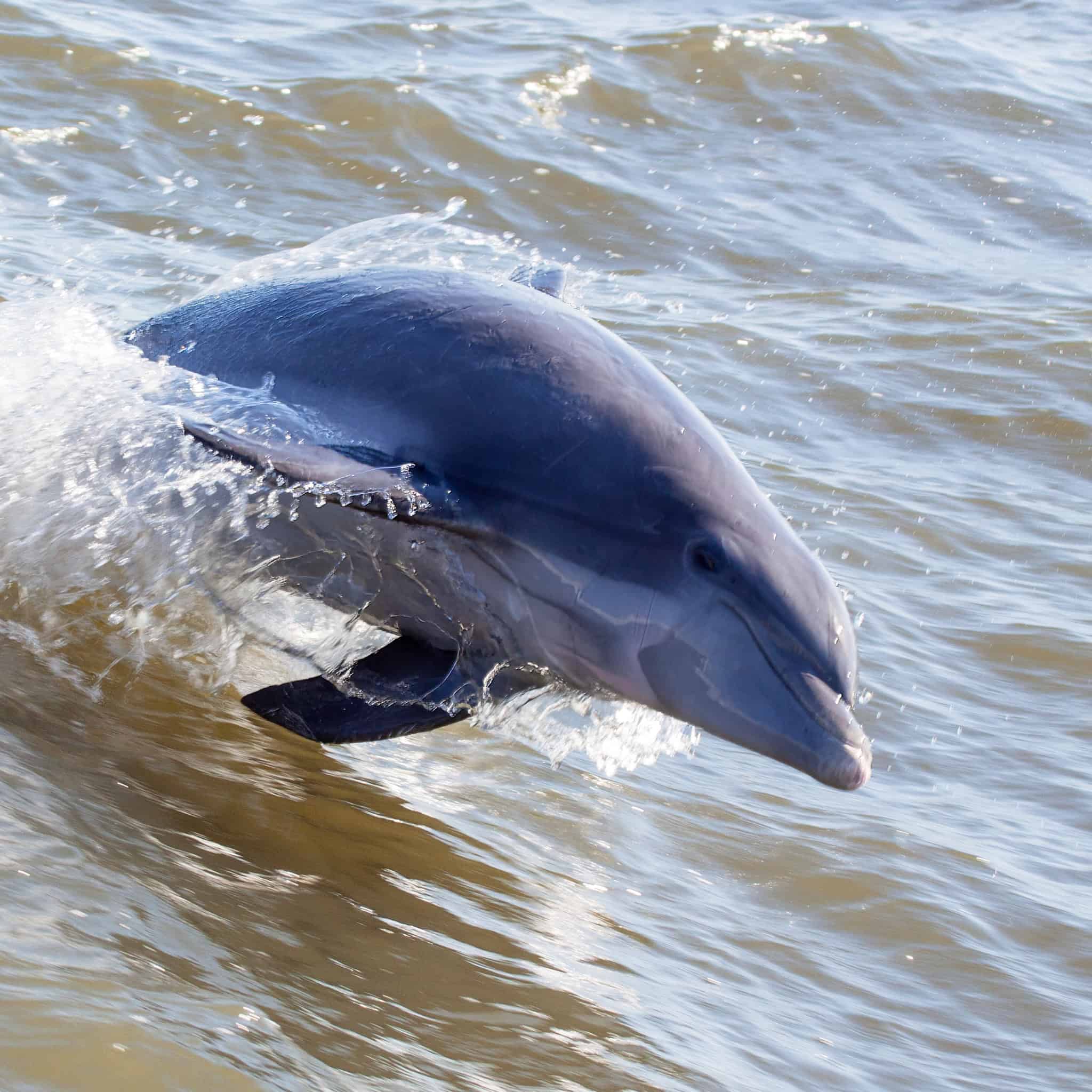Share this article
Wildlife Featured in this article
- Coyote
- Virginia opossum
- American raccoon
JWM: Nearly all California city coyotes eat rat poison
Efforts to control rodents may affect nontarget species—especially in urban areas
Coyotes across California have been ingesting different kinds of rat poison, with many individuals often doing so on multiple occasions.
New research reveals how nontarget carnivores ingest the toxic chemicals, especially in urban environments.
“This really is a particular problem of urban wildlife in the state,” said Paul Stapp, a professor of biological science at California State University, Fullerton and lead author of the study.
Anticoagulant rodenticides are widespread in California. The state has banned most uses of two kinds of these chemicals—the newer, more lethal batch in 2020 and the first-generation anticoagulant rodenticides in 2024. But before these prohibitions, researchers wanted to see how nontarget carnivores like coyotes (Canis latrans) might be ingesting these chemicals intended to control rodents. This information can still be relevant in other states where the chemicals are still legal, or even in California after the ban, since Stapp said it’s likely that people can still buy the stuff out of state or have it stockpiled. In addition, there are exceptions to the bans, and other rodenticides are still legal.
In a study published recently in the Journal of Wildlife Management, Stapp and his colleagues analyzed coyote carcasses collected from 2015 to January 2020. Many of these were roadkill, while others were killed as part of control efforts. For this study, 365 carcasses came from urban areas, while 120 came from rural settings.
Necropsies revealed that 98% of the urban coyote carcasses had at least one anticoagulant rodenticide in their livers, while just over 40% of rural coyote carcasses had rat poison.
“I was surprised,” Stapp said—he was not expecting so many urban coyotes to be exposed, especially compared to rural ones.
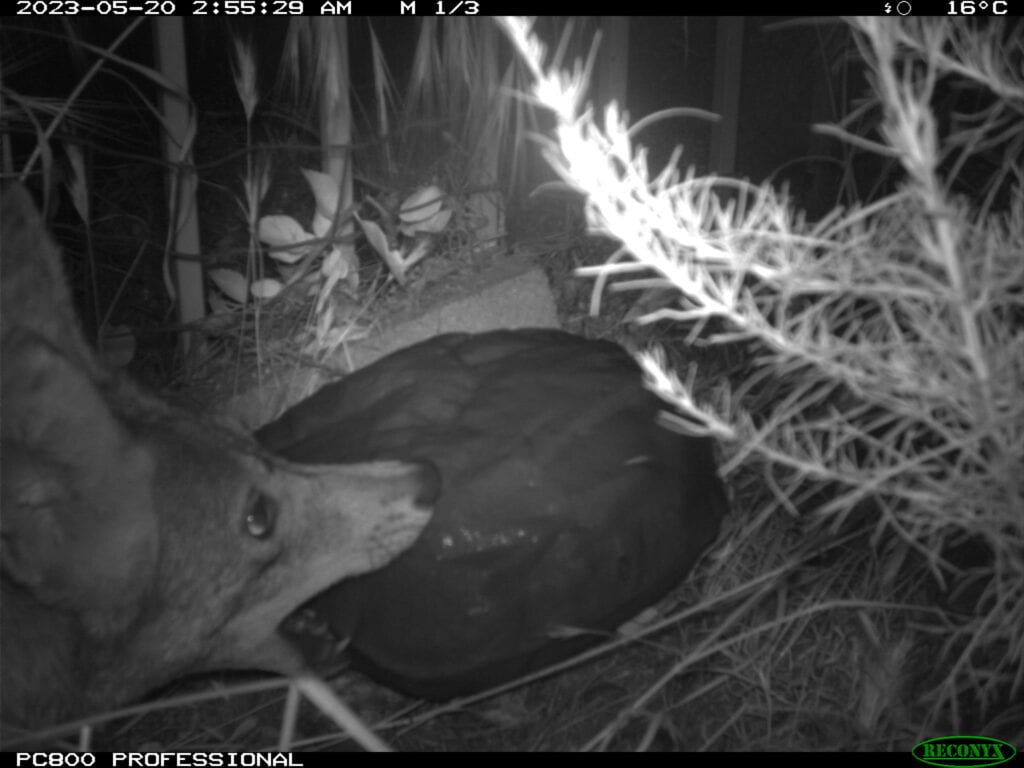
City coyotes seem to ingest a lot of poison as well. The average coyote had between three and four different rat poison compounds in their livers, and some had residues well above the amount considered lethal for other species. Since most pest control applications are applied one type at a time, this means that they are ingesting the chemicals multiple times throughout their lives.
“There are a lot more poisoned rats on the landscape than people appreciate,” Stapp said.
Does rat poison affect coyotes?
Coyotes are likely mostly ingesting poison as they eat rodents that died from the poisoning, though it’s possible they occasionally eat the poison directly, Stapp said. Some individual coyotes likely die from ingesting too much of the chemicals, but as a whole, it’s not clear that rodenticides are an important cause of mortality in the population.
“Coyotes appear to be somewhat adapted to [anticoagulant rodenticide] exposure just like many other urban stressors,” said Niamh Quinn, human-wildlife interactions advisor at the University of California’s South Coast Research and Extension Center and a coauthor on the recent study. “It is very interesting and pretty remarkable.”
But coyotes may not be the only urban wildlife ingesting these poisons. Other mesocarnivores like opossums (Didelphis virginiana), raccoons (Procyon lotor), foxes and even bobcats (Lynx rufus) might also be eating poisoned rodent carcasses, and raptors do as well. Opossums can even get into the rat poison devices and ingest the chemicals directly. Stapp said that some of these species may be more vulnerable to the effects of the anticoagulant rodenticides than coyotes.
Stapp said that it will be interesting to see if these numbers begin to change moving forward following the anticoagulant rodenticide bans.
But overall, he said this work highlights some of the unintended impacts of these poisons on nontarget, native wildlife species. “I was surprised just by the amount of the exposure,” he said.
This article features research that was published in a TWS peer-reviewed journal. Individual online access to all TWS journal articles is a benefit of membership. Join TWS now to read the latest in wildlife research.
Header Image: : A coyote fitted with a GPS collar in Southern California. Credit: Johanna Turner
